I recently sent out an email enquiring whether players were playing again. It was great to receive so many replies and hear such a range of stories. Sadly though, the picture for badminton at the moment appears to be rather dim.
Let me explain…
A high percentage of responses confirmed some badminton was being played, albeit in either a singles format or small groups. A bubble of six in the UK is better than nothing, and for most players, better than singles. There are still huge numbers of players who haven’t returned to court for various reasons. The most frustrating situation for me is when the courts are still closed. This scenario appears to be a popular response from players in the UK, which I think is appalling.
There are other situations whereby the leisure centre is open with a four court hall, and yet they are only making one court available.
Why?
It can’t be the two metre rule as otherwise there would be no reason why they can’t open two courts at opposite ends of the hall? I am advised that further risk assessments must be carried out. My goodness, how difficult must it be, especially if they stagger start times by 30 minutes?
Let’s move on as by now you’ve probably stopped wondering what the subject line is about….
The Big Reveal…
During lockdown, I started coaching two, top 40 international players. Sadly, I cannot mention their names just now, but hopefully very soon, one of them will be revealing our relationship, which may surprise or even shock you. I also hope to be visiting them once the pandemic and quarantine regulations change.
Back to the subject header “why is the simple stuff so hard to do?”
I thought this was apt and describes how many players fail to understand and practise badminton basics.
The top players I coach were practising grip changes every day throughout lockdown and still practise now, alongside training on court six times per week.
Interestingly, they have commented during our calls how much sharper they are at the net as a result of this simple workout. At this level, where the difference between winning and losing can be very fine margins, it’s great to receive feedback that such simple training has made a difference.
A top player recognises that basics skills matter and MUST be in place in order to achieve higher skill levels. They practise basic techniques as part of their overall training.
So, why is it they can religiously complete simple tasks and yet average standard players ignore them?
In my opinion, the answer is that the average standard player fails to recognise how vital these skills are and yet are frequently caught in defence or around the net with the wrong grip for the situation or are lacking in power to get them out of trouble.
An average player gets bored of the basics and constantly looks for more advanced or even trick shot training (sigh). However, their attitude of minimising the importance of implementing basic technique is both disappointing and holding them back from developing further as a player.
Let me give you another example…
Let’s look at the forehand clear. It’s a relatively simple shot although over 80% of average club players cannot execute the shot correctly. They get the result through force rather than technique. Over time, this is wearing on joints and typically when I normally find players contacting me with tennis elbow or shoulder injuries.
If a player considers they can hit a clear fairly consistently, do they continue training this shot or look to train other elements of their game? You’ve probably already guessed the answer. When I am asked whether I can hit a forehand clear, my response is “what are the conditions.” If you’re wondering what this reply means, then I’m delighted.
I know I hit a pretty good clear without over-extending myself in respect of the amount of energy I put into the shot. HOWEVER, if I was asked to move from centre line to deep forehand or backhand corner and hit a straight clear into the opposing corner box, and had to score 90/100, then I would fail. At the highest level in badminton, this would be expected of a player. I coach, rarely play, and therefore will be lacking in fitness to carry out the task set for me. Despite having a good technique, it would most-likely break down under the strain of exercise as muscle fatigue sets in.
If you recall, my thinking on hitting the clear was NOT to automatically say I could hit the shot but to question the conditions of the test. I already knew a difficult test would result in a specific outcome, despite having good technique and I’m reasonably fit.
An average player considers they can hit a shot if they play it reasonably well and the outcome is the shuttle has the right shape and lands near the baseline. However, I wonder what would happen to their so-called technique if the conditions were made more difficult and a smaller target set? Would their technique falter?
Summary
I could extend this article considerably on mindset and its application in training. However, that’s for another time. The lesson here is that regardless of whether you are on court playing or you’re still in the unfortunate position of being unable to play, you CAN improve your game by focussing on basics.
And, don’t let the lack of facilities hold you back, instead, check out my ‘At Home’ training videos:


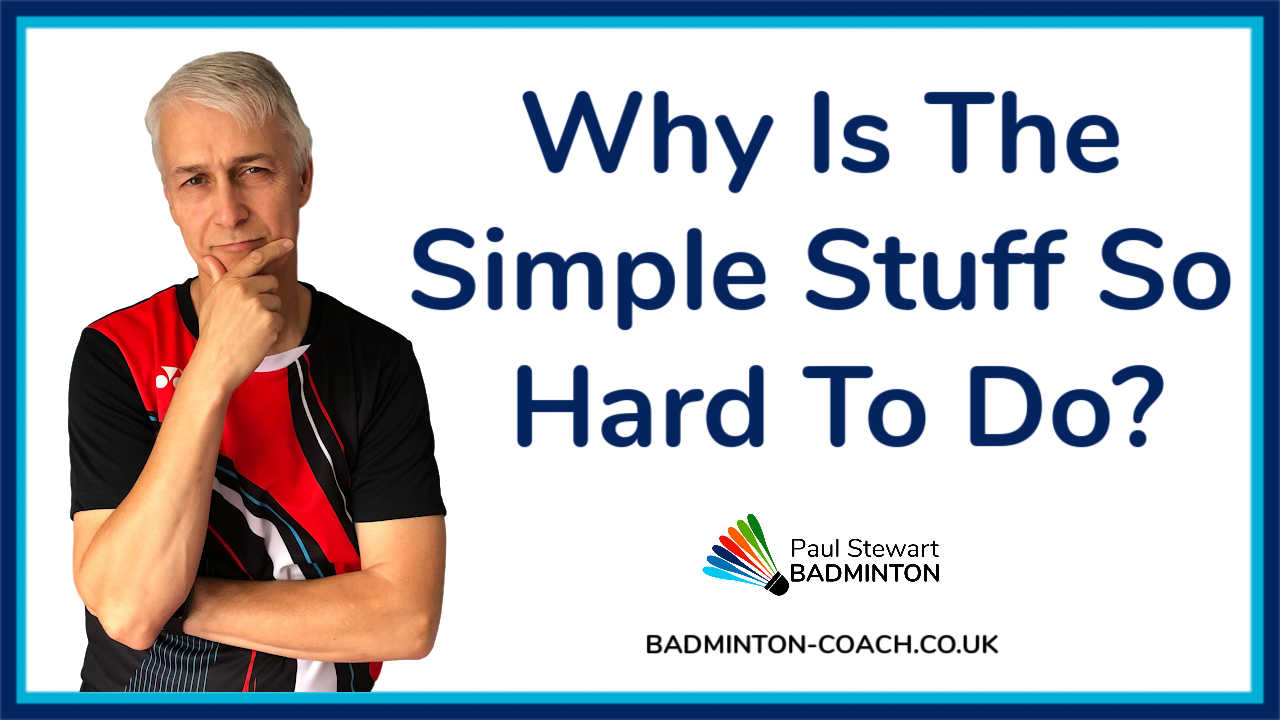



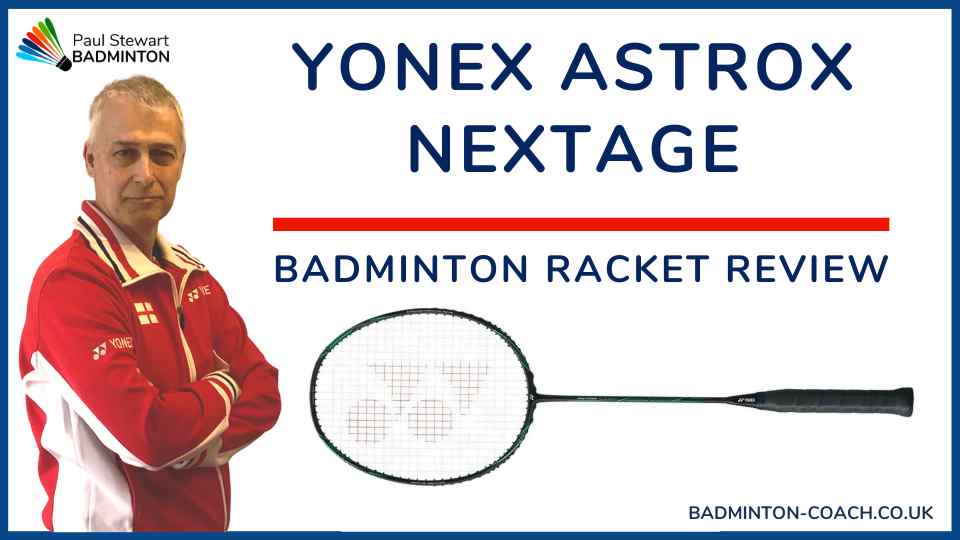

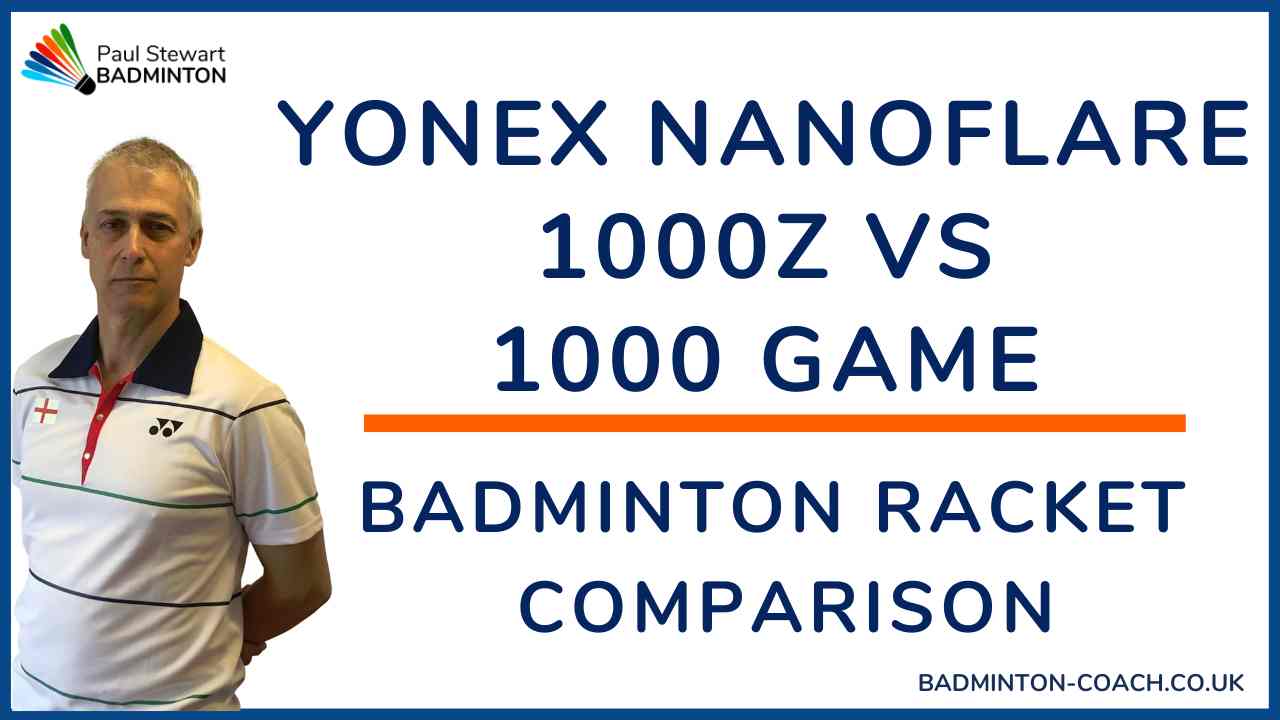
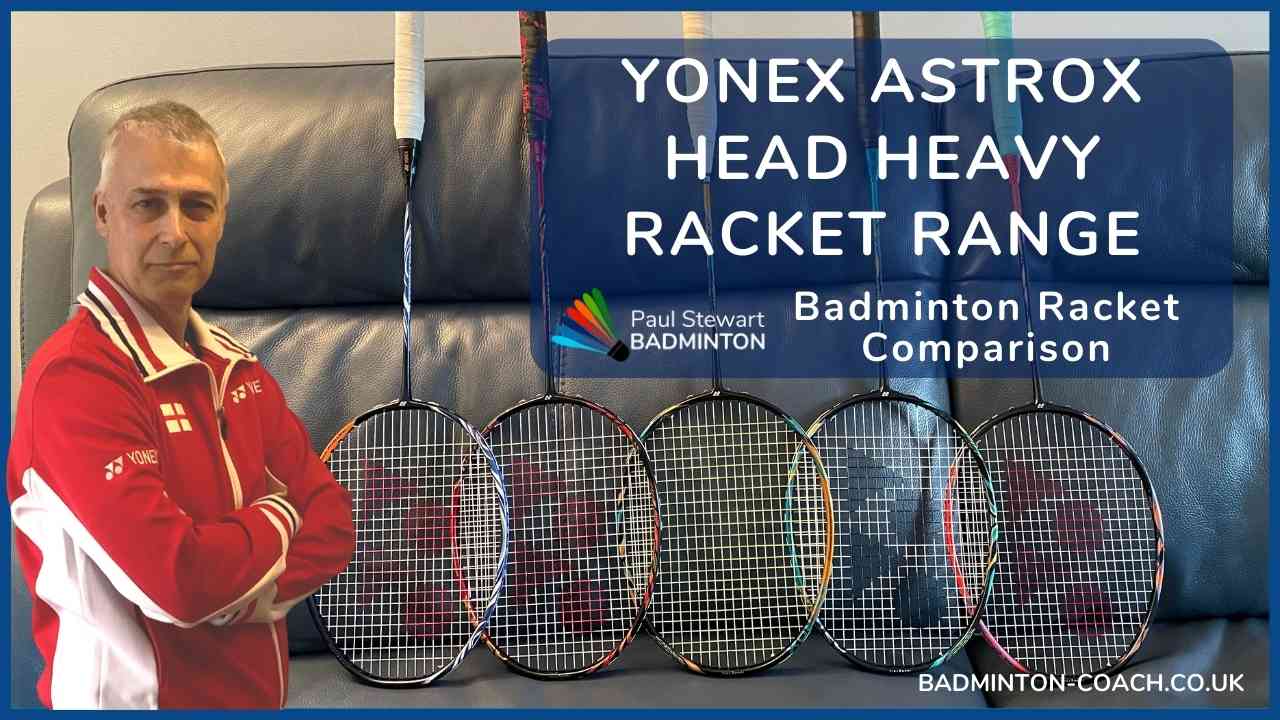

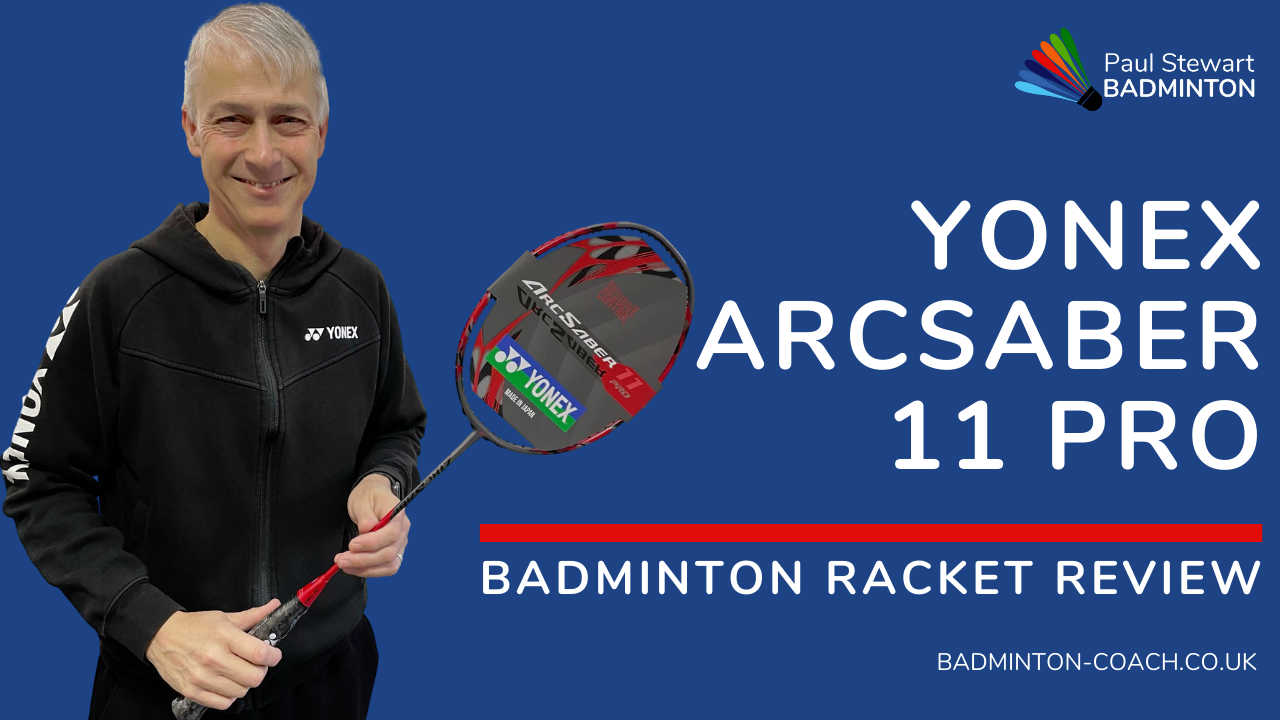

Forehand clear technique is very important to understand and i am 100% agree with you that most of the entry level or club level badminton players make mistake in playing it. Most of the players put power and dont focus on technique .. as a result .. injures happened ..
Overall good article .. badminton players should learn from such articles to get more knowledge on technique …